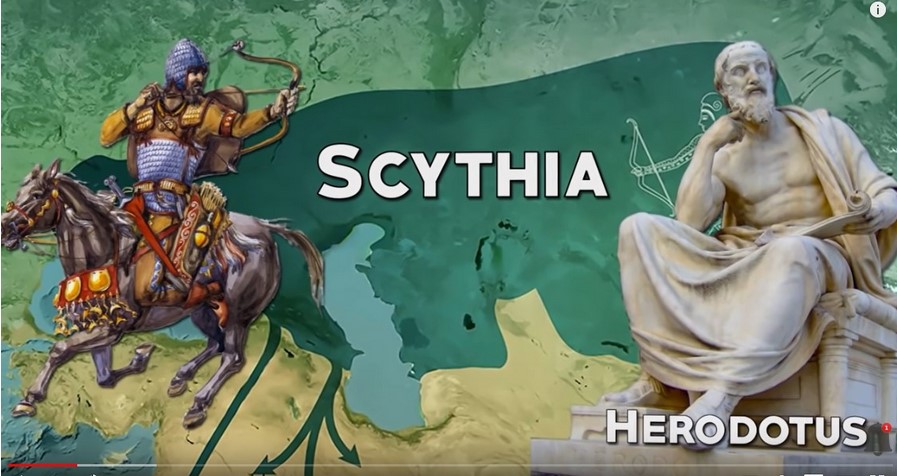
The Schytians never ever disapeard we The Bulgarians, Hungarians, Russians and many White Europeans all over the World are their children.
Ancient girl Amazon warrior no older than 13 is confirmed by modern scientific techniques
Warrior’s grave found in 1988 was identified as male - yet now the 2,600-year-old teenager 'with wart on face’ is revealed to be female.
‘It was so stunning when we just opened the lid and I saw the face there, with that wart, looking so impressive.’ Pictures: Vladimir Semyonov, M.O. Mashezerskaya
The 'stunning' discovery appears further confirmation of ancient Greek claims about female fighters known as Amazons among the Scythians of central Asia.
In 1988 Dr Marina Kilunovskaya and Dr Vladimir Semyonov came across the partially mummified young warrior’s grave Saryg-Bulun in Siberia’s modern-day Tuva republic during an emergency excavation.
The archeologists found the prepubescent warrior’s remains so well preserved that a ‘wart’ was visible on the face, and yet at the time there were no indications that this was a female.
The Amazon warrior is from the period 7 - early 6 centuries BC, with the current best assessment that she died around 2,600 years ago.
The depth of her coffin - hollowed from a single piece of wood - was little over half a metre under the ground, oriented to the southwest.
Aside from Herodotus, Greek physician Hippocrates - who lived approximately from 460 BC to 370 BC - noted female warriors among the Sarmatians, a Scythian grouping famed for their mastery of mounted warfare.

The adolescent Amazon had a choice of arrows - two were wooden, one had a bone tip, and the arrowheads of the rest were bronze. Pictures: A.Yu. Makeeva/Stratum plus, No 3, 2020
'Their women, so long as they are virgins, ride, shoot, throw the javelin while mounted, and fight with their enemies,' he wrote.
'They do not lay aside their virginity until they have killed three of their enemies, and they do not marry before they have performed the traditional sacred rites.
'A woman who takes to herself a husband no longer rides, unless she is compelled to do so by a general expedition.'
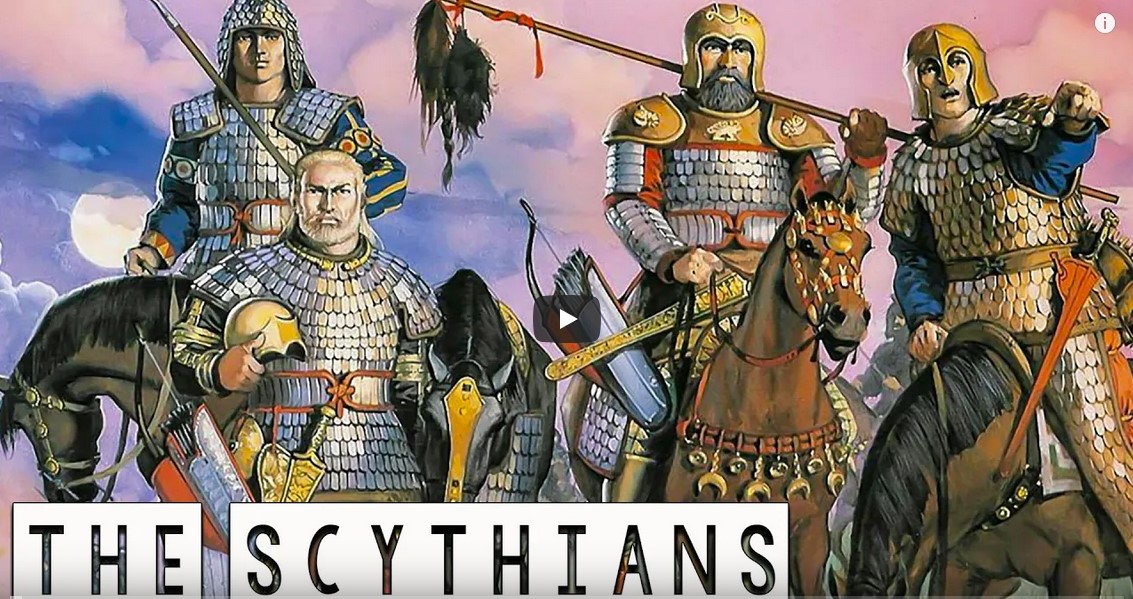
The Schytians never ever disapeard we The Bulgarians, Hungarians, Russians and many White Europeans all over the World are their children.
The Scythians - The Mounted Warriors of Antiquity (The Amazons) - Great Civilizations of the Past
Why are all the depictions of these people in this video European (particularly White European) in appearance, with white skin, red, brown, blond hair, blue and brown eyes. You see more of these features in their descendants today in Russia.
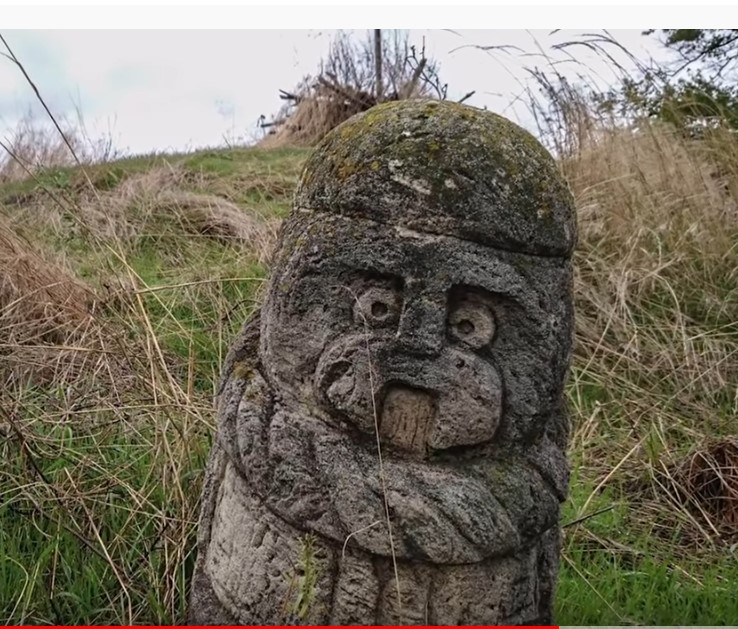
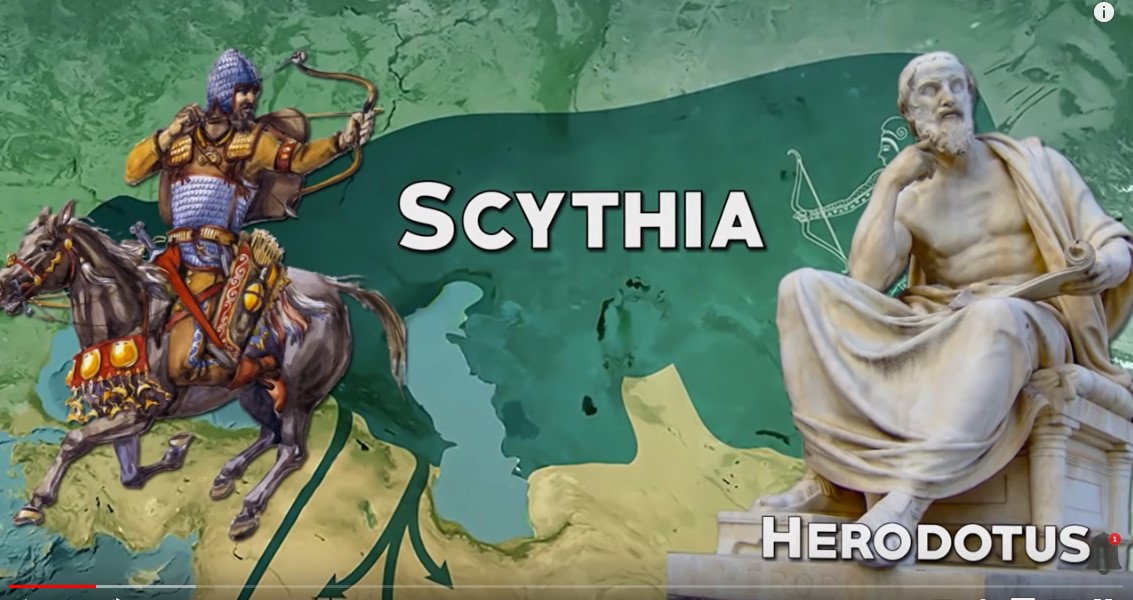
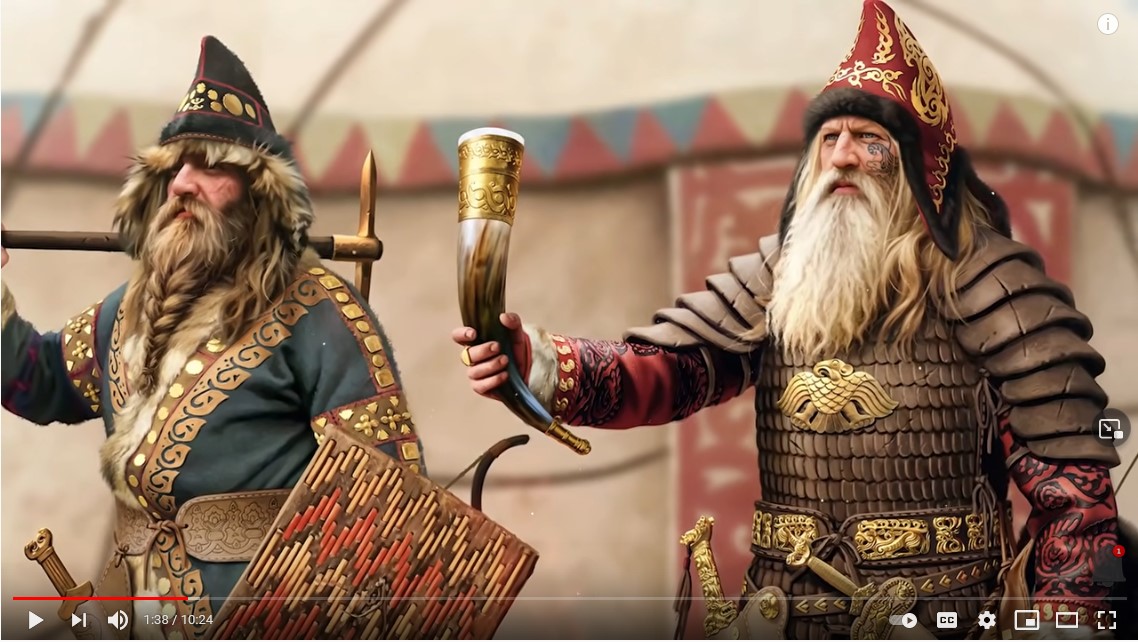
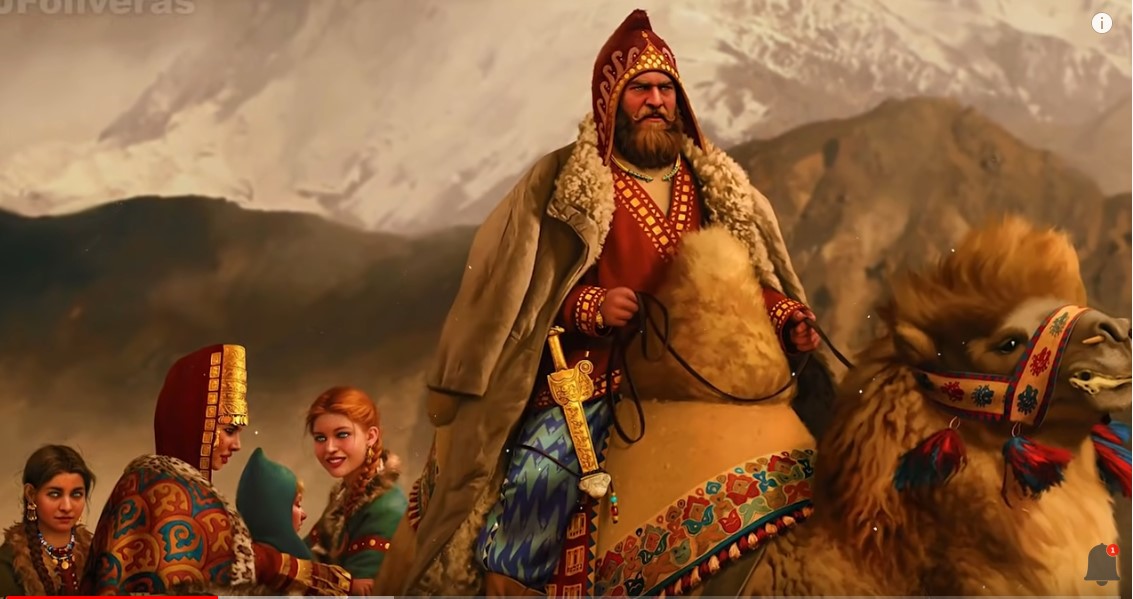
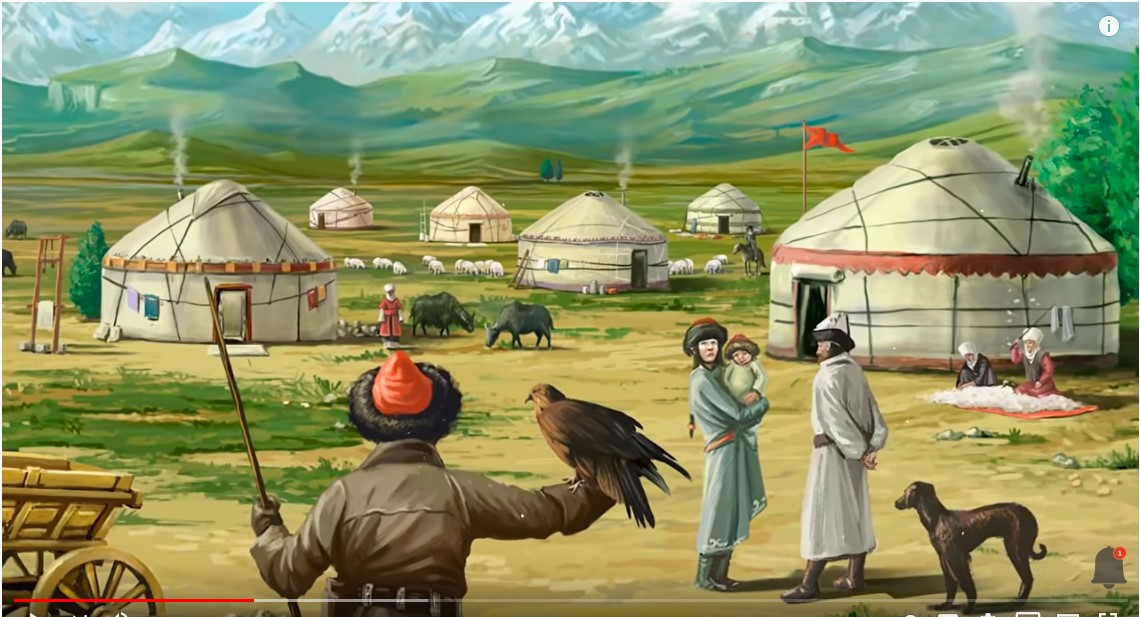
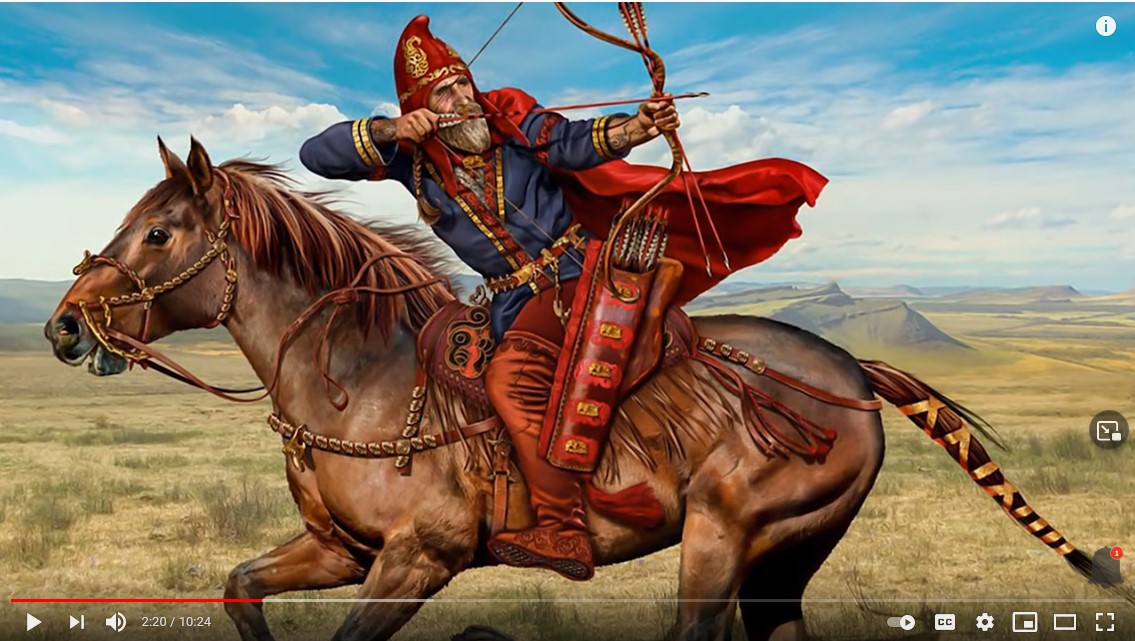
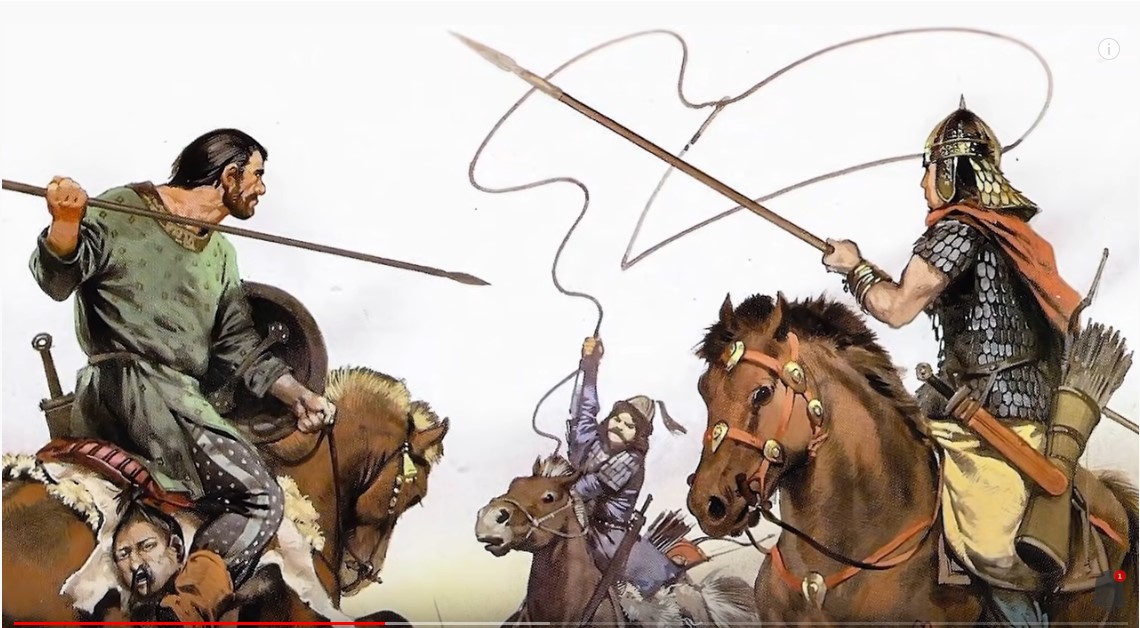

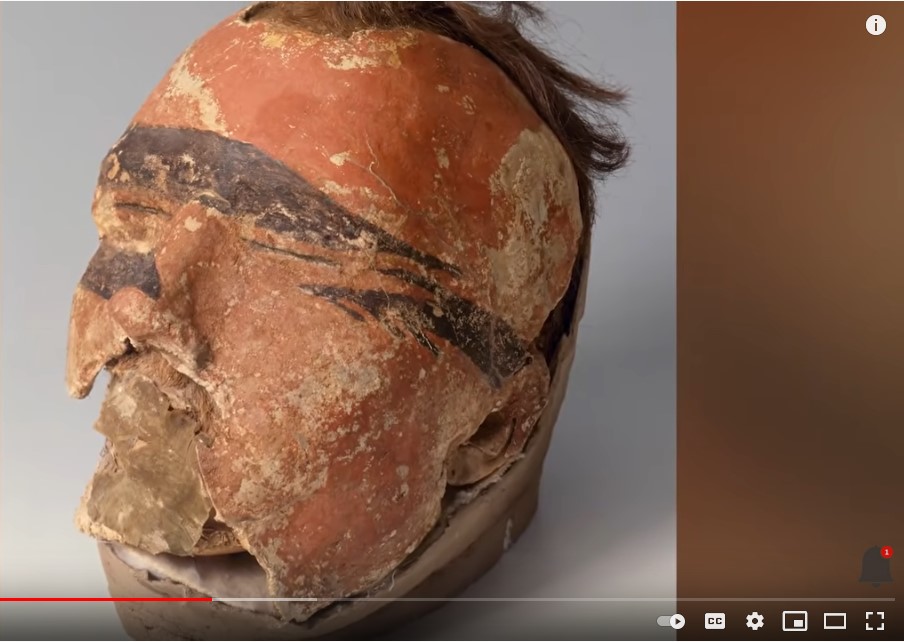
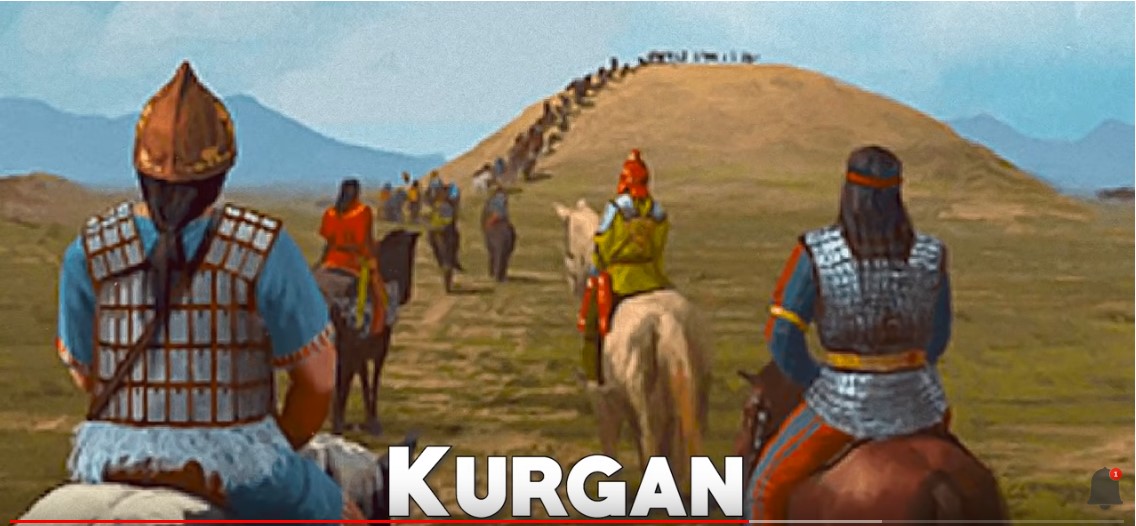


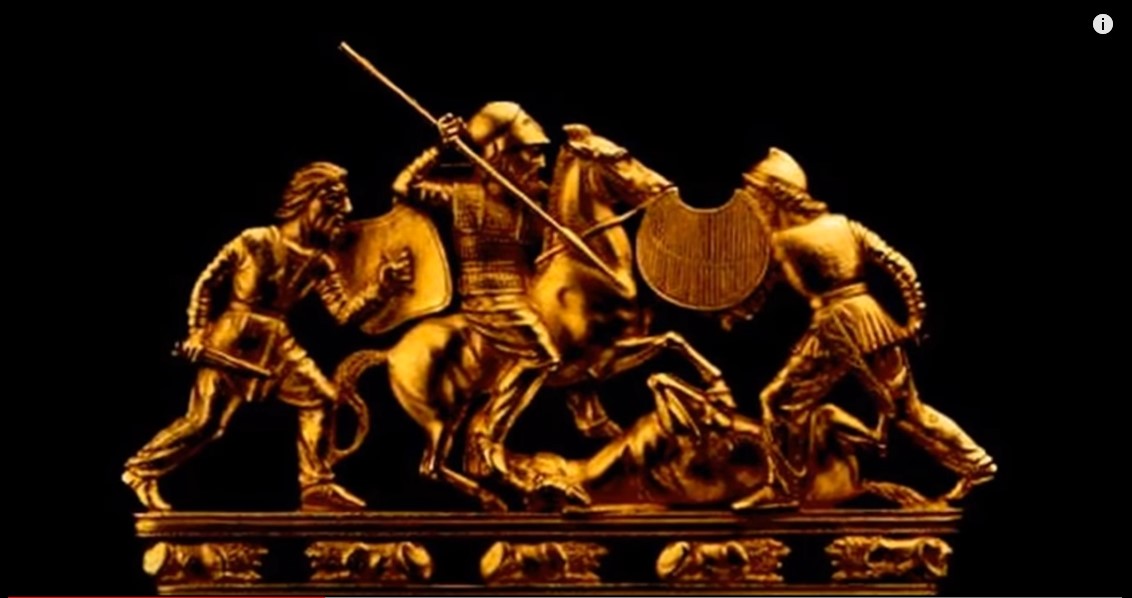
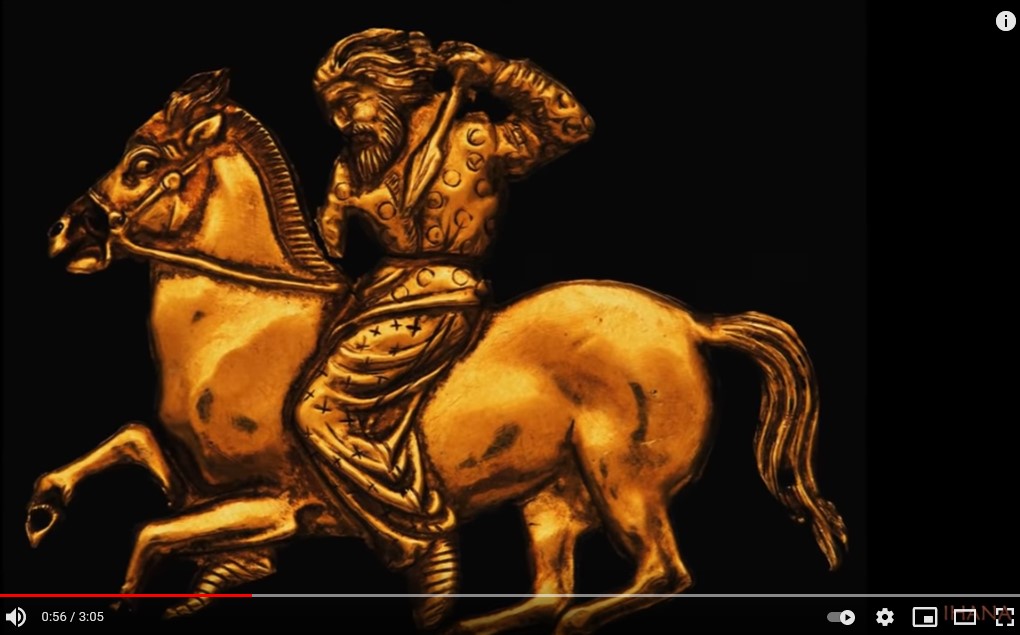


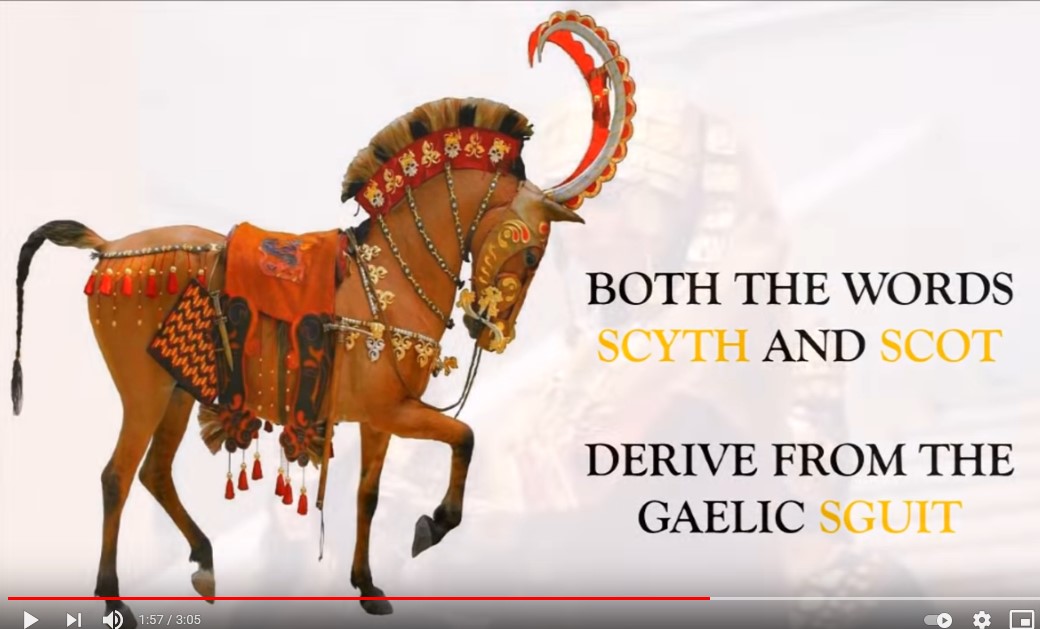

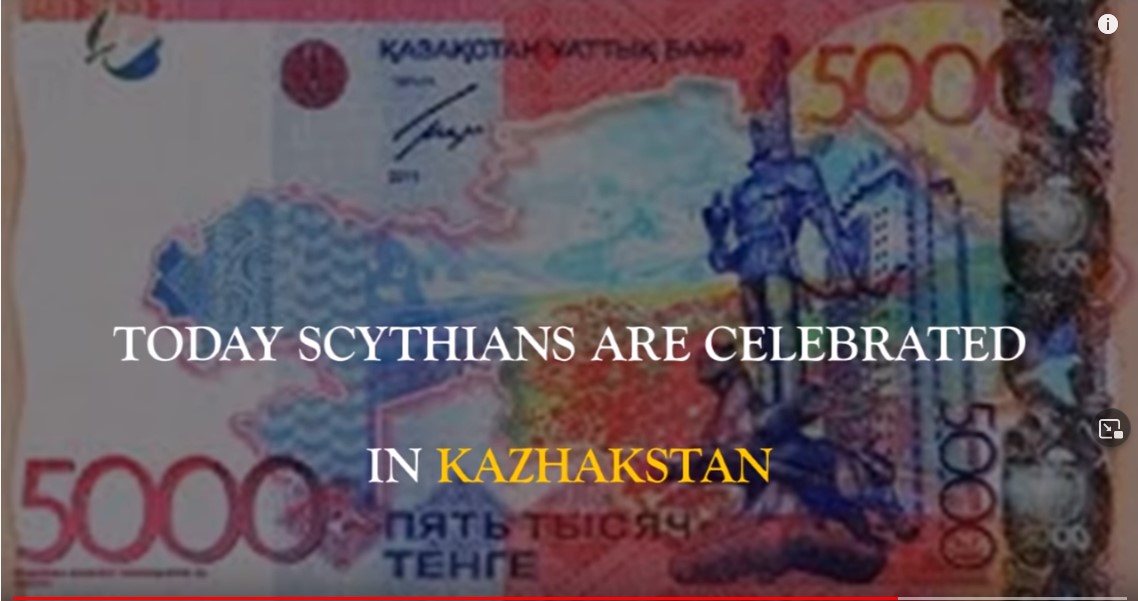


Scythians - Rise and Fall of the Original Horselords DOCUMENTARY
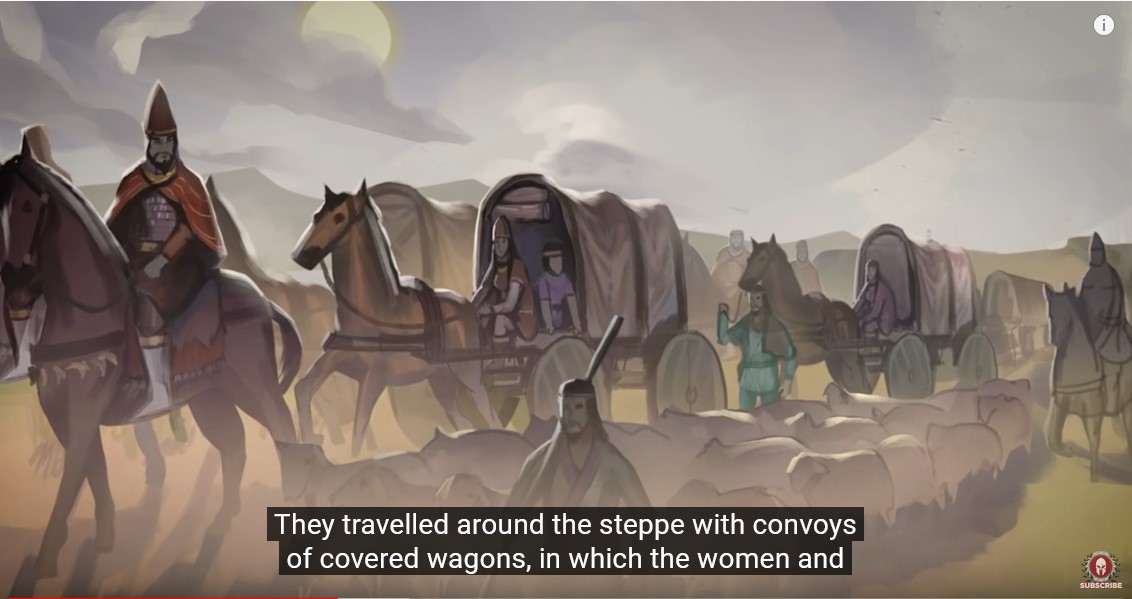
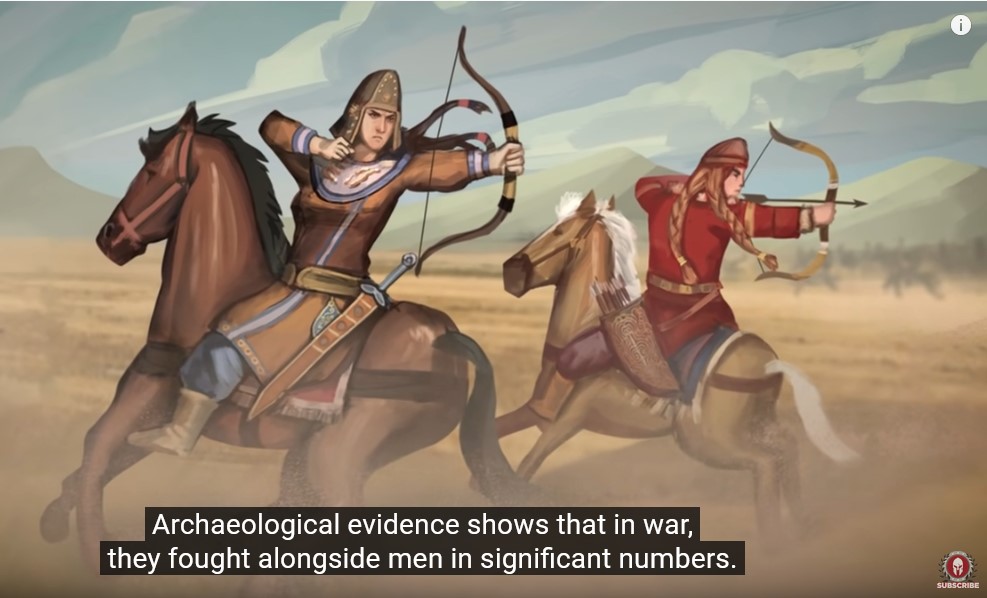


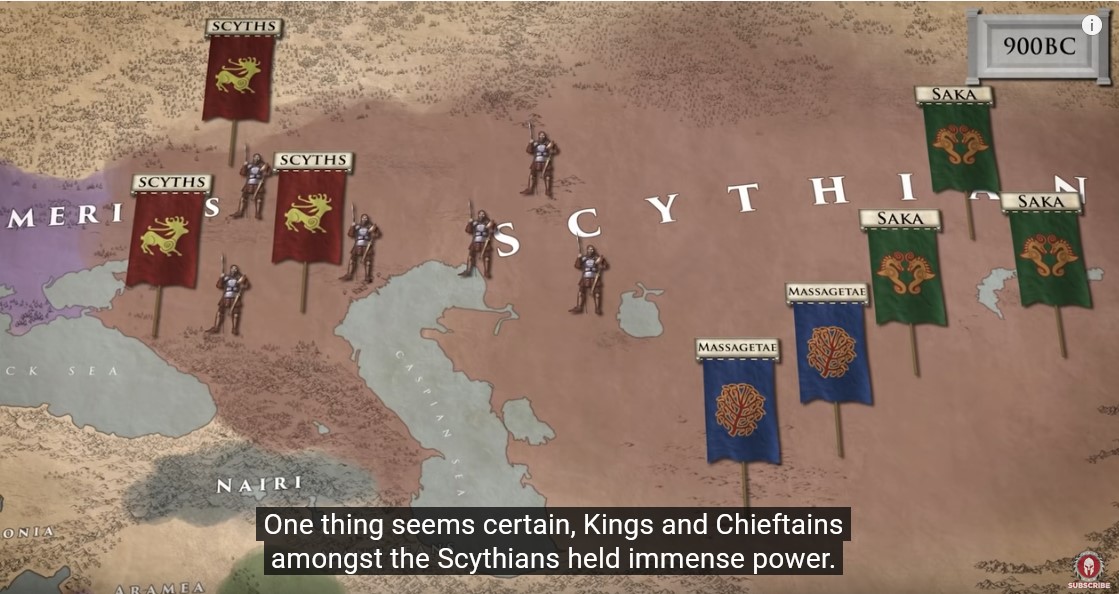
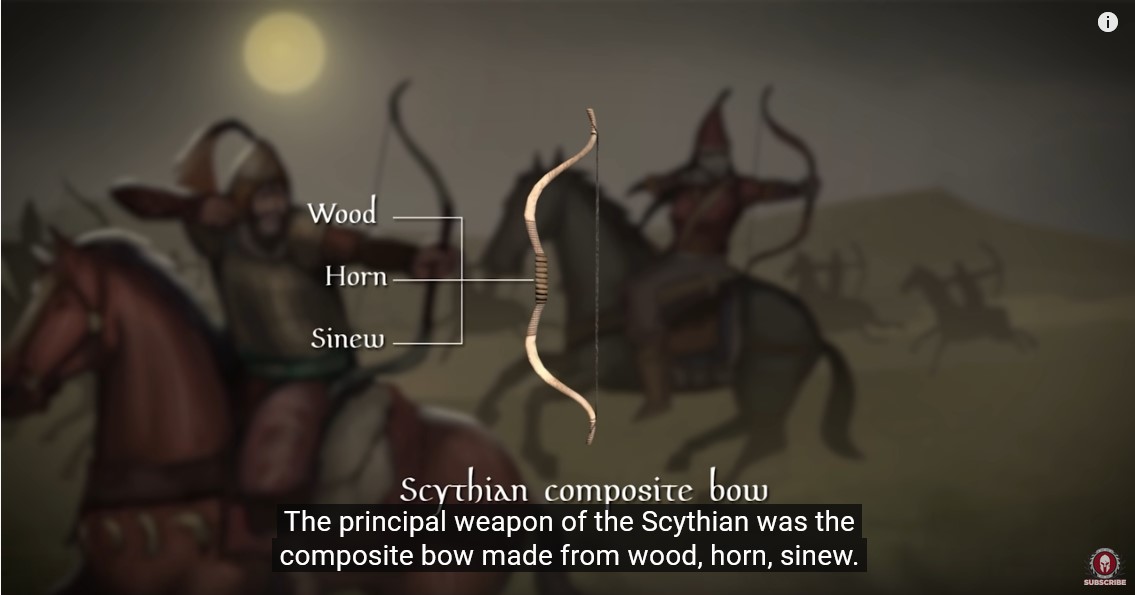
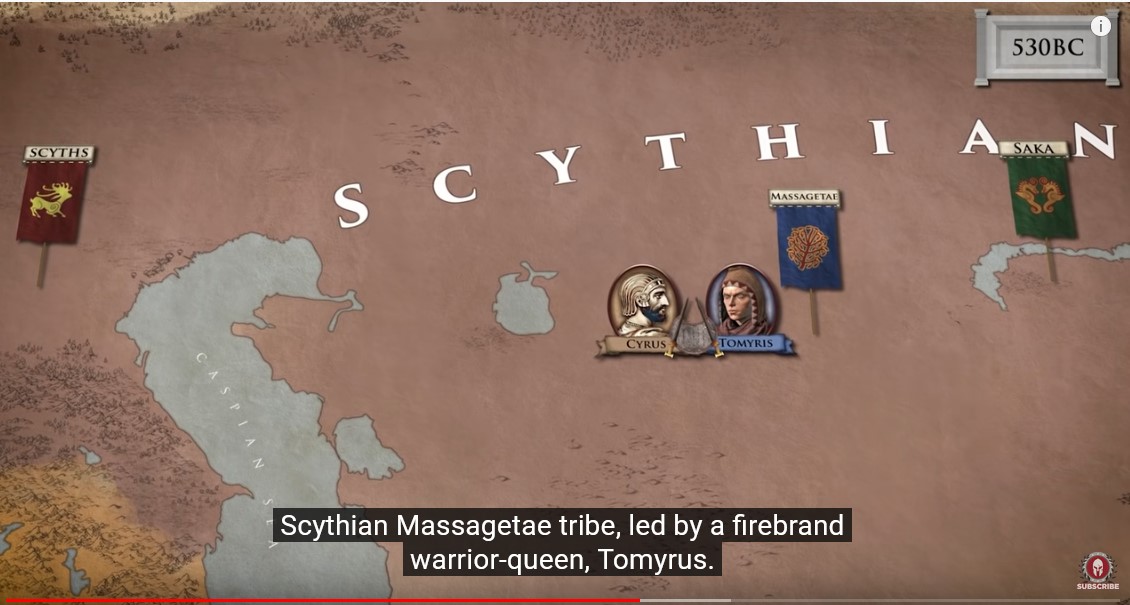
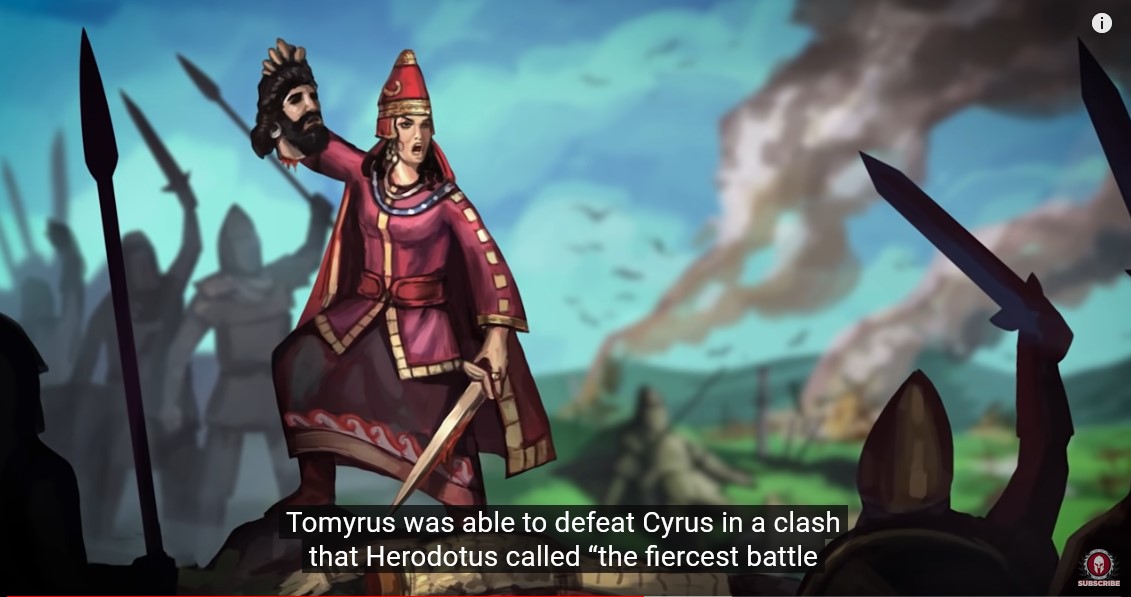

Where now it is possible to find Scythians?
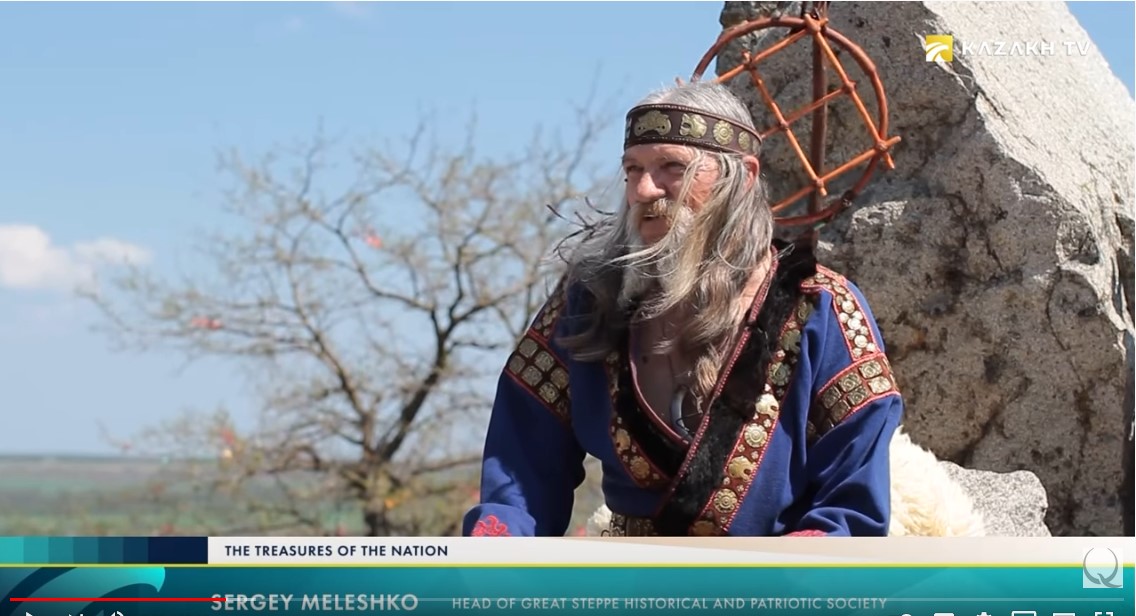
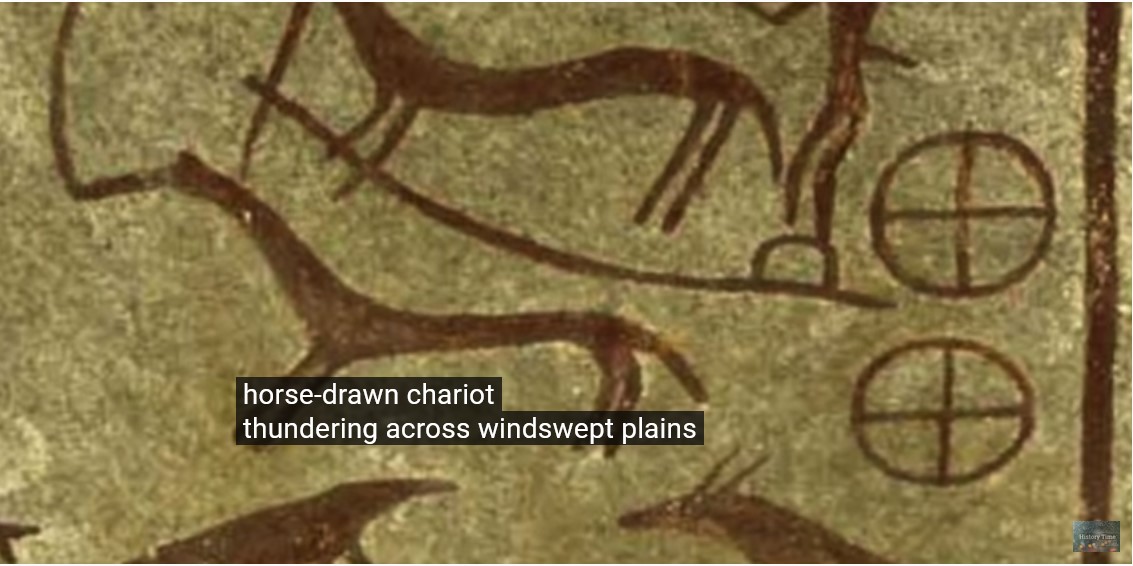
Horse Lords: A Brief History of the Scythians
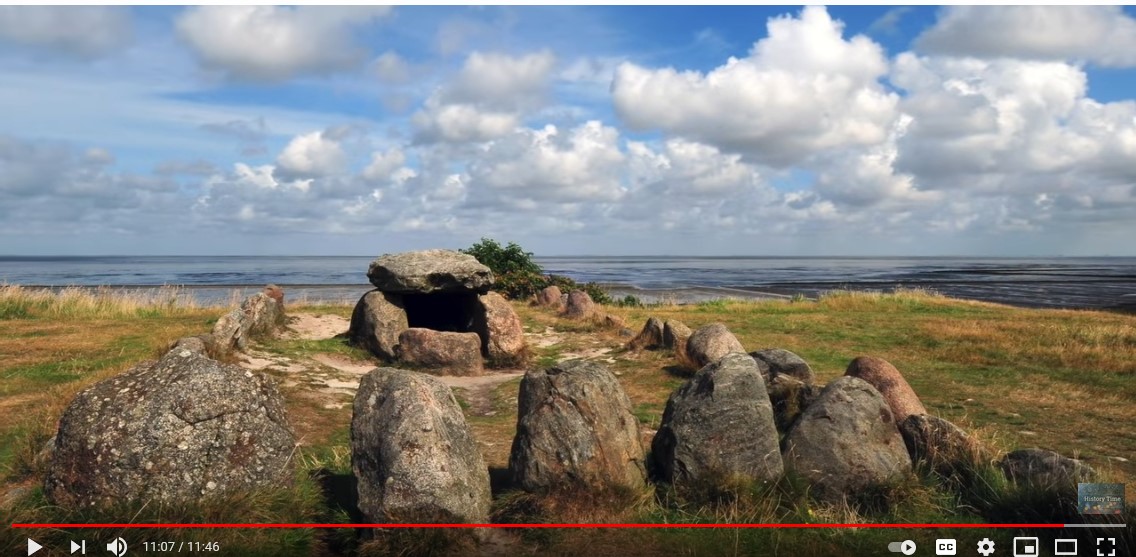
What on Earth Happened to the Old Europeans? Pre-Indo-European History of Europe
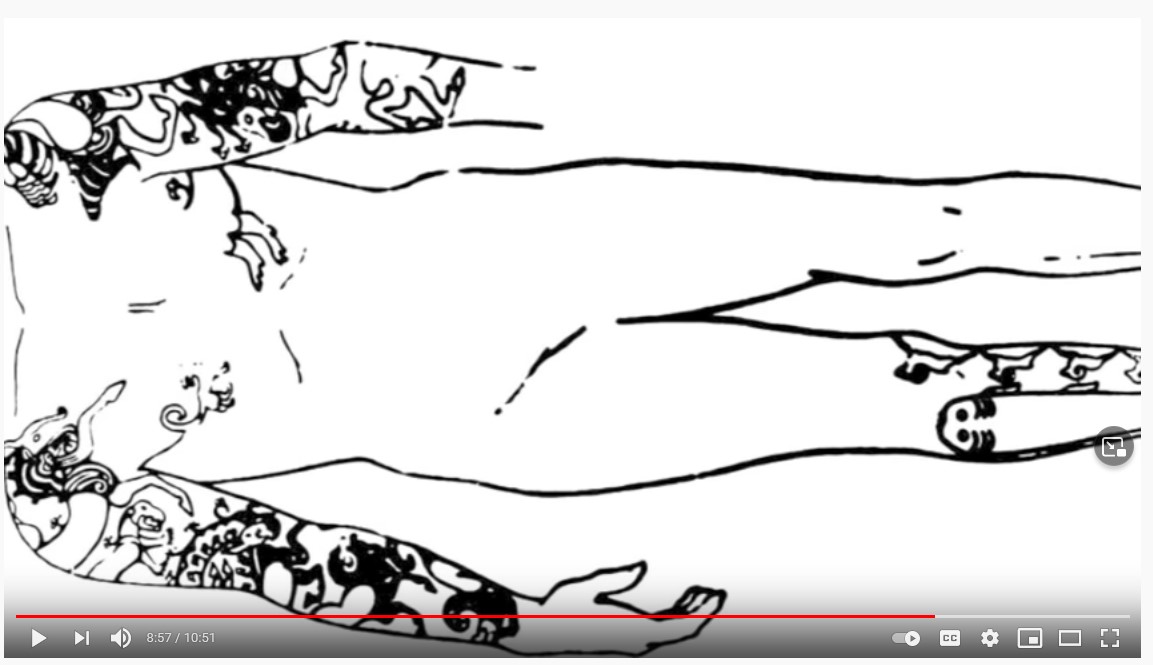
Scythians 2: Archaeology and Genetics

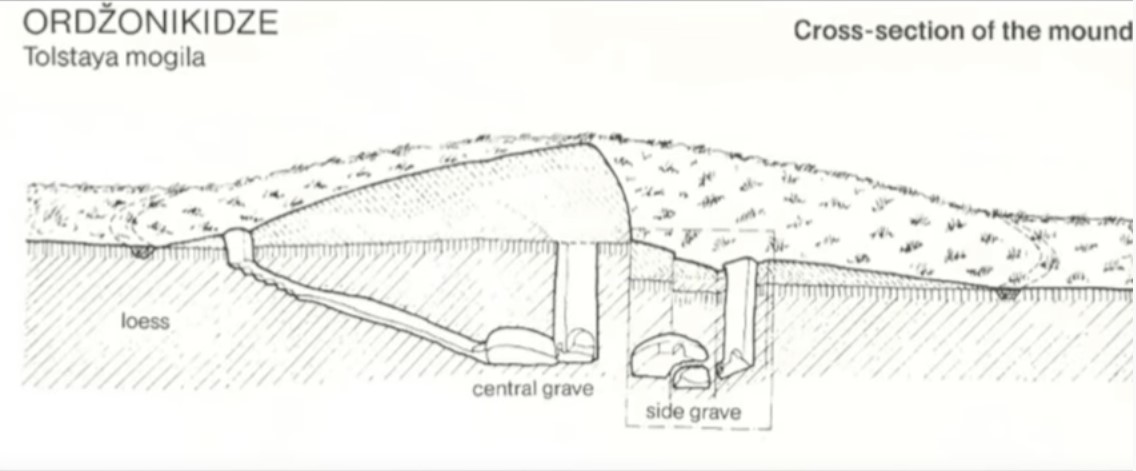

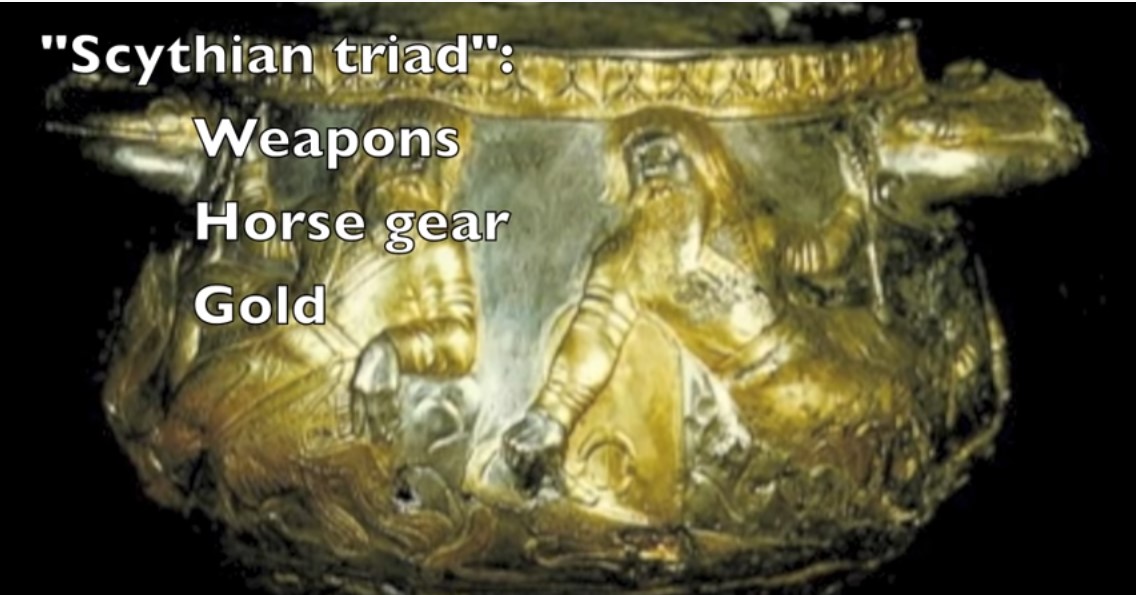


Tagar Culture and Proto-Scythian Origins | DNA
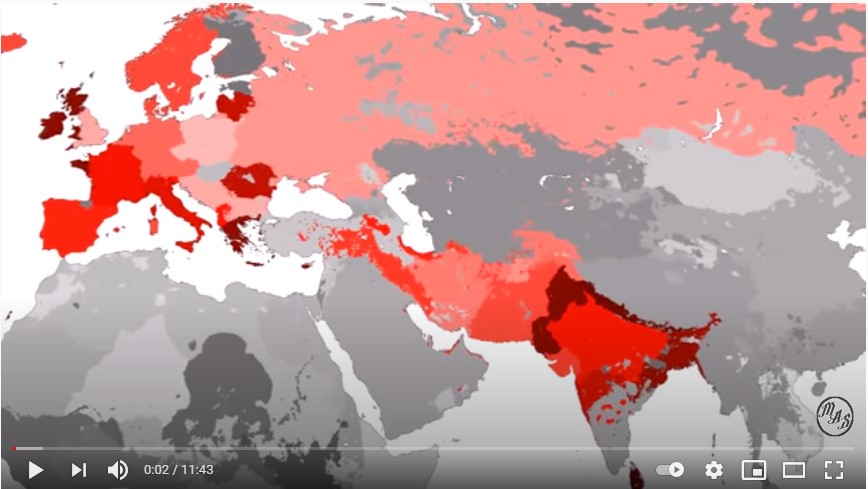



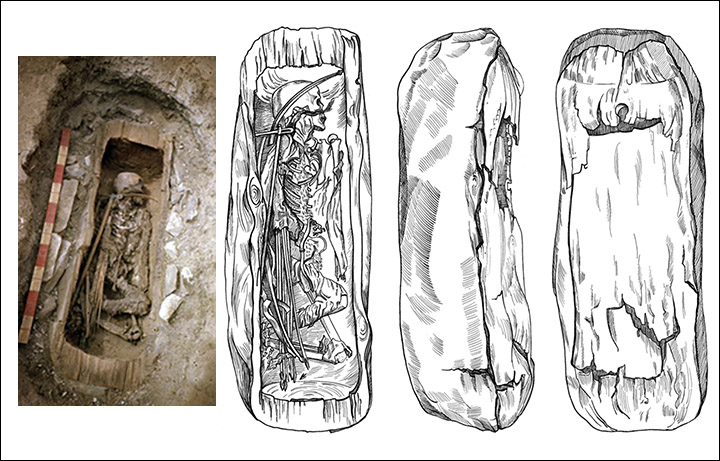

Mudra